ECOLOGY ▪ EDUCATION ▪ ADVOCACY
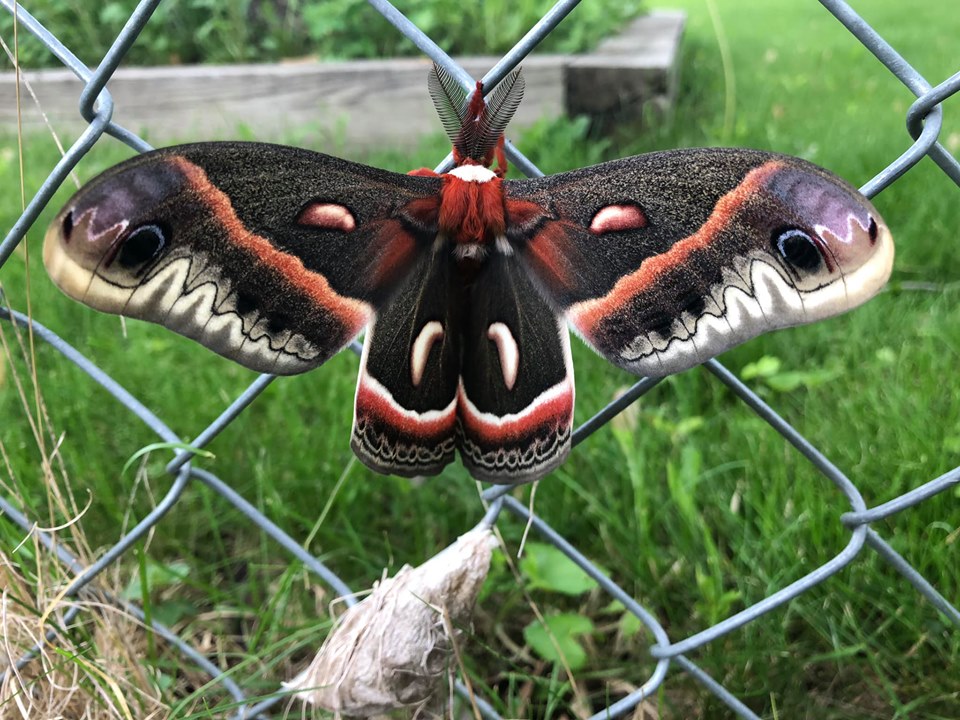
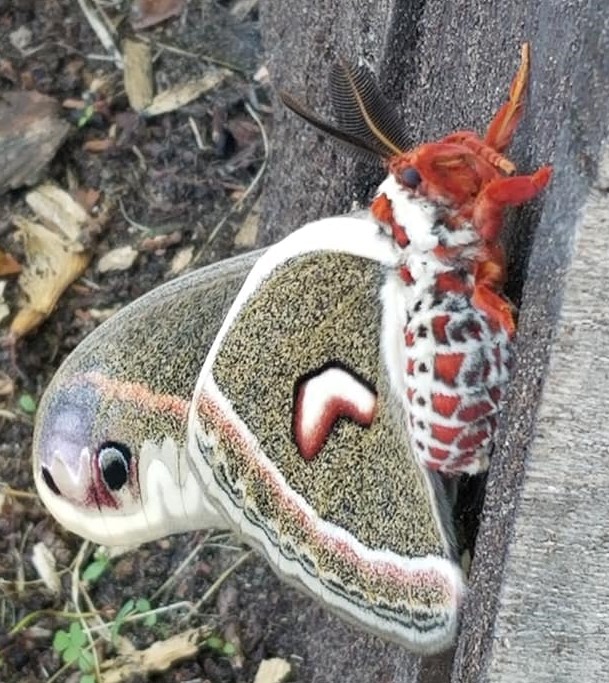
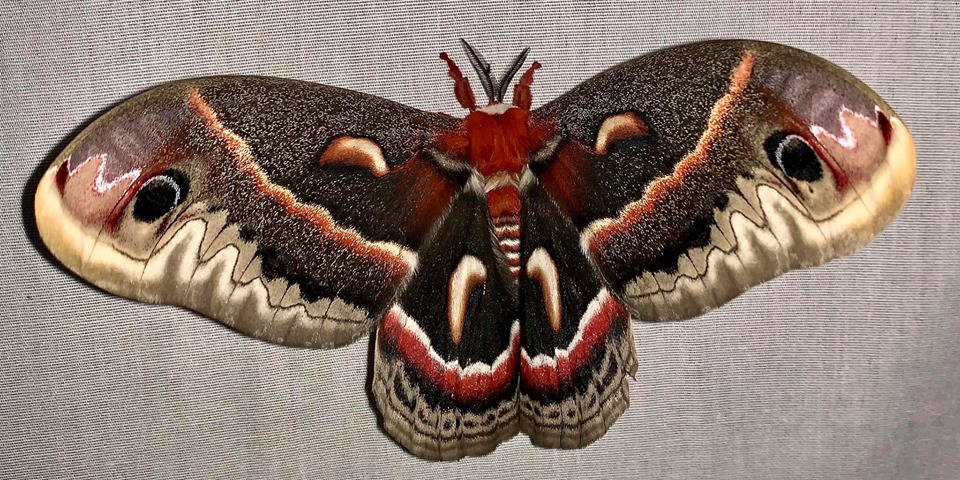
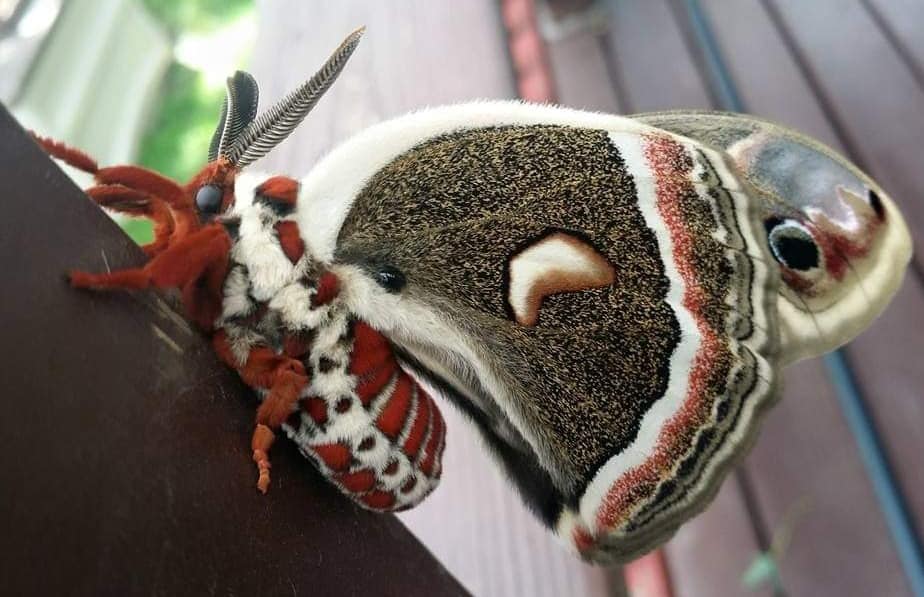
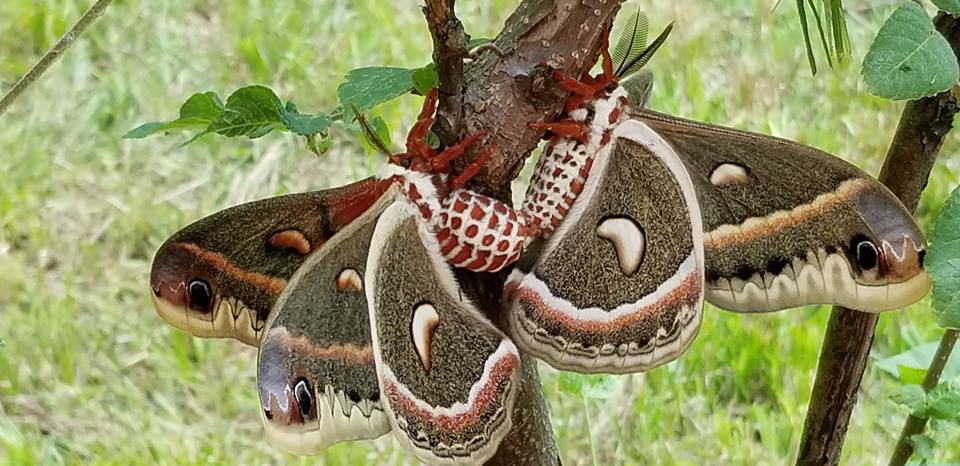
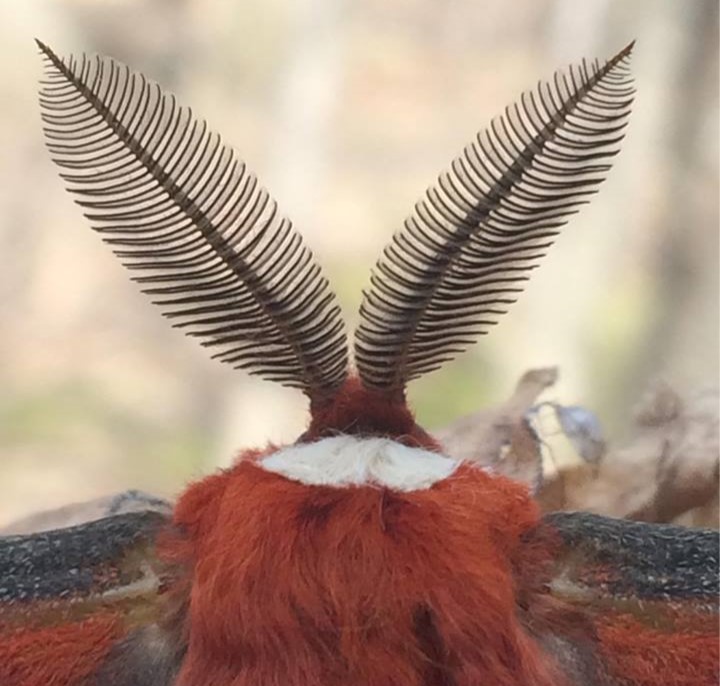
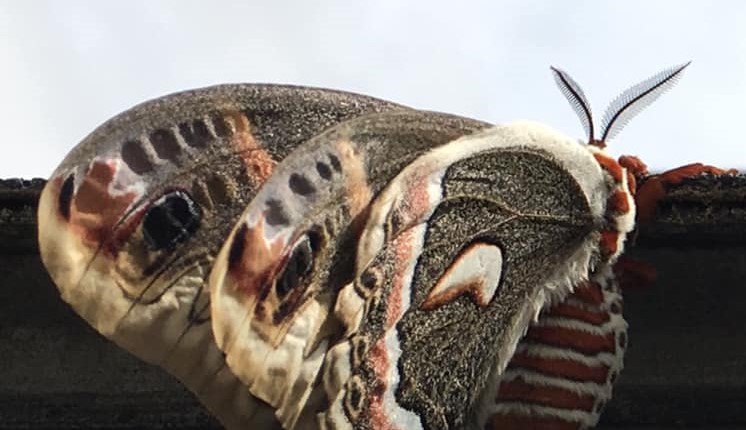
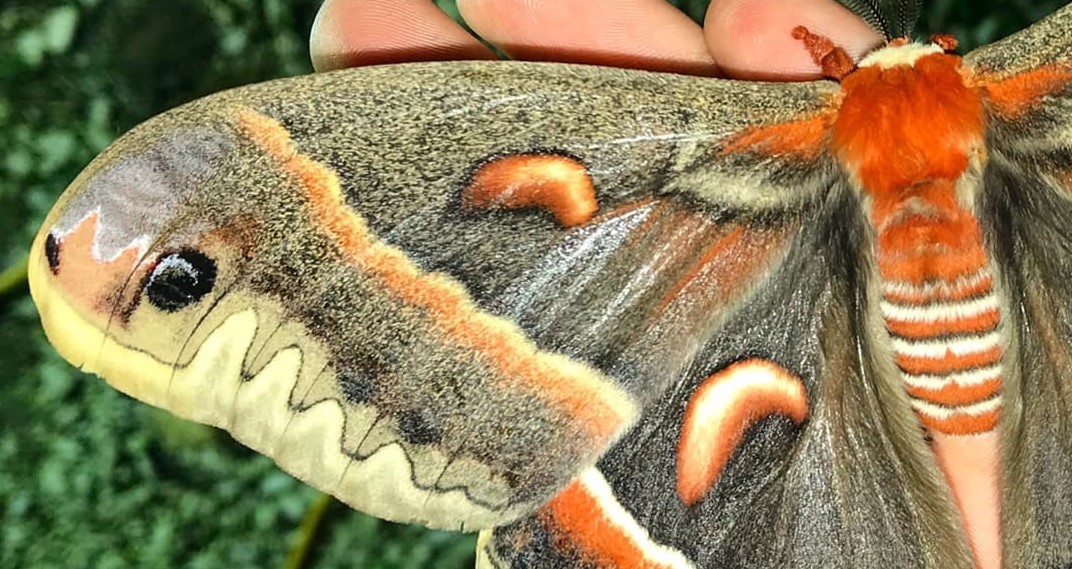
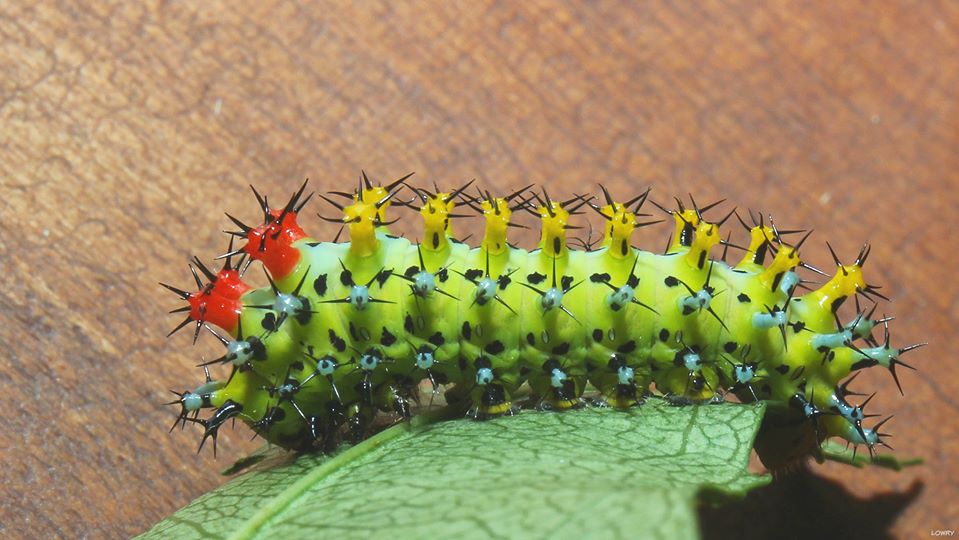
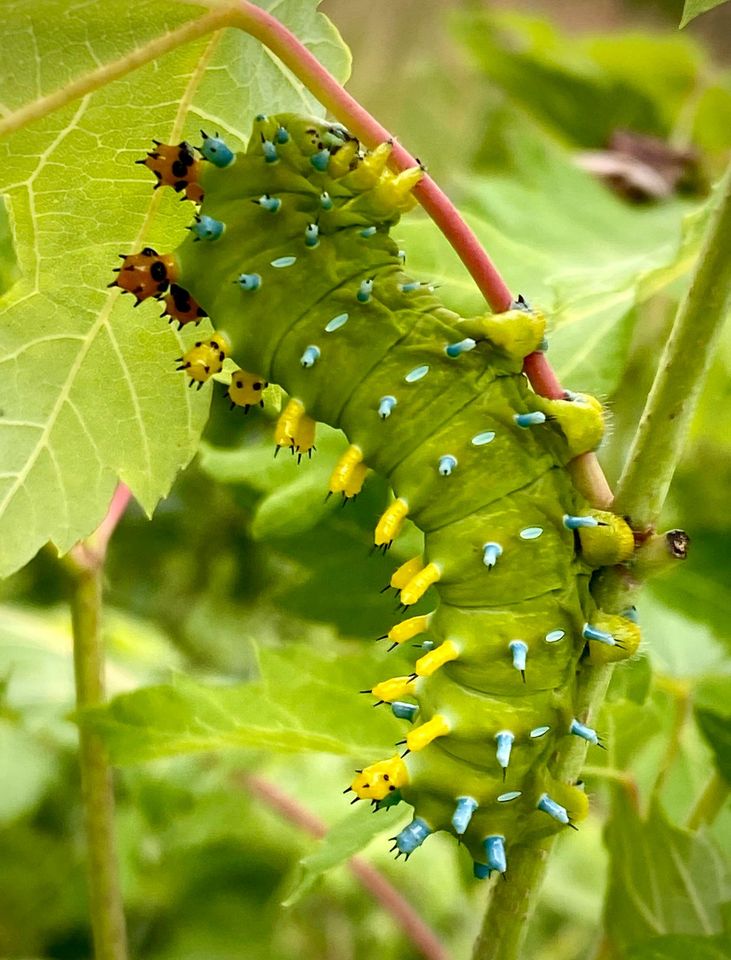
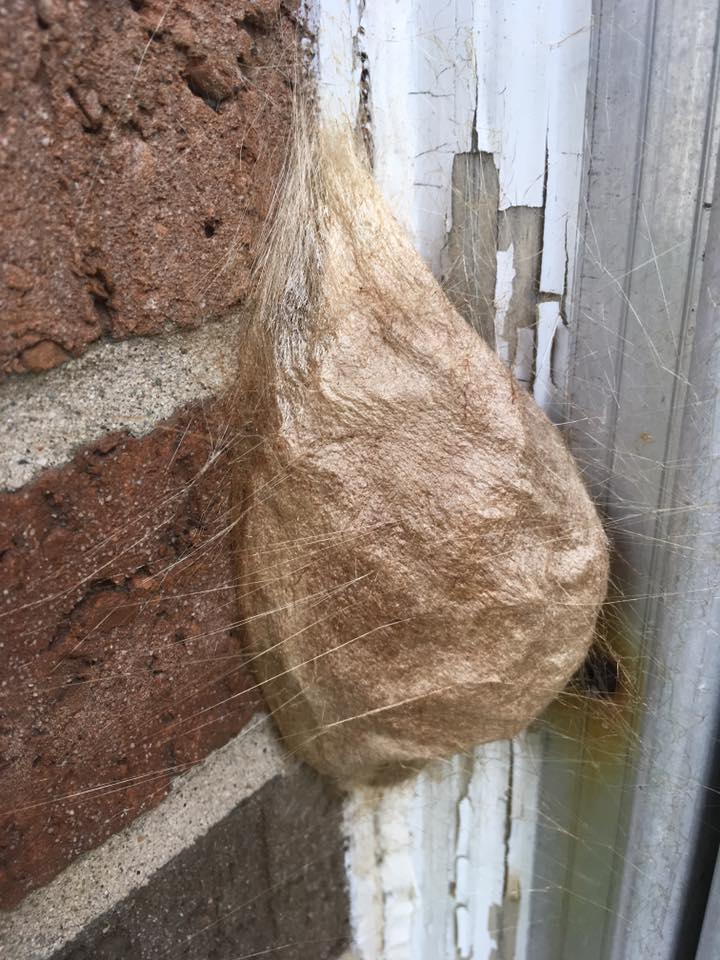
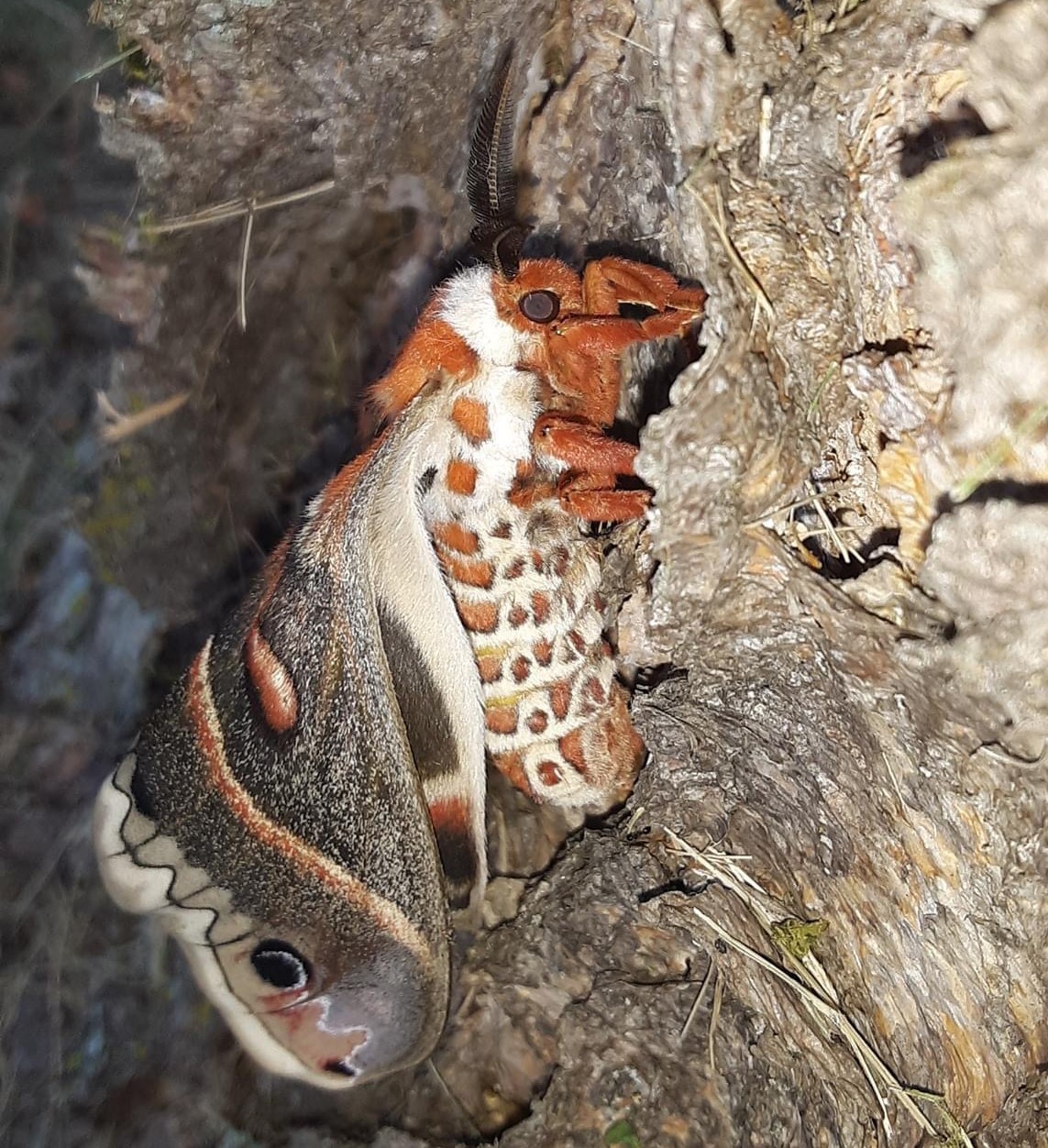
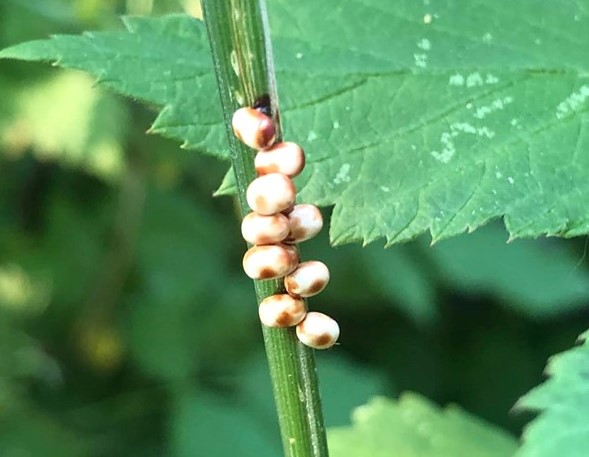
Hyalophora: Combines the Greek Hyalos, meaning “glass or transparent,” and phoros, meaning “bearing or carrying.”
Cecropia: Origins trace back to the first Greek king of Athens, Kekropios or Cecrops.
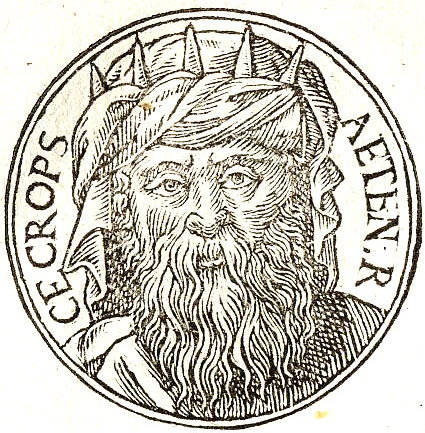
hye-al-oh-for-uh suh-kroh-pee-uh













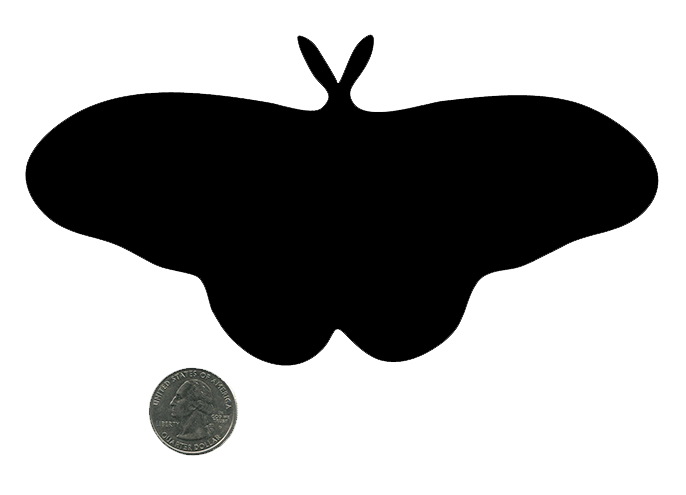
This map illustrates documented North American records of Hyalophora cecropia as of 31 December 2020.
 Documented record(s)
Documented record(s) 5: Secure
5: Secure  NR: Not ranked
NR: Not ranked
British entomologist Dru Drury would include an image of the species in his three-volume publication Illustrations of Natural History, Wherein are Exhibited Upwards of 240 Figures of Exotic Insects, published between 1770 and 1787. A plate from that publication is below.
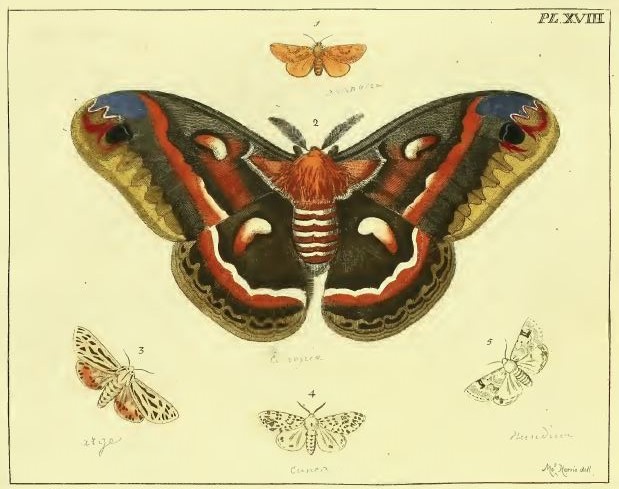
Hyalophora cecropia caterpillars are polyphagous and feed on a wide variety of vegetation. Adults lack a digestive system, do not eat, and exist solely for reproduction.
| Known Larval Food Sources in Indiana | ||
| Family | Taxonomic Name | Common Name |
|---|---|---|
| Order: Asterales | ||
| Asteraceae | Lactuca spp. | Lettuce |
| Taraxacum spp. | dandelions | |
| Order: Celastrales | ||
| Celastraceae | Euonymus spp. | euonymus |
| Order: Cornales | ||
| Cornaceae | Cornus spp. | dogwoods |
| Hydrangeaceae | Deutzia spp. | deutzia |
| Philadelphus | mock oranges | |
| Nyssaceae | Nyssa sylvatica | black gum, aka tupelo |
| Order: Dipsicales | ||
| Adoxaceae | Sambucus spp. | elderberries |
| Viburnum spp. | viburnums | |
| Caprifoliaceae | Lonicera spp. | honeysuckles |
| Symphoricarpos spp. | snowberries | |
| Order: Ericales | ||
| Ebenaceae | Diospyros virginiana | persimmon |
| Ericaceae | Gaylussacia spp. | huckleberries |
| Rhododendron spp. | azaleas and rhododendrons | |
| Vaccinium spp. | blueberries | |
| Styracaceae | Halesia carolina | Carolina silverbells |
| Order: Fabales | ||
| Fabaceae | Gleditsia spp. | water and honey locusts |
| Robinia spp. | locusts | |
| Wisteria spp. | wisterias | |
| Order: Fagales | ||
| Betulaceae | Alnus spp. | alders |
| Betula spp. | birches | |
| Carpinus caroliniana | musclewood, aka blue beech | |
| Corylus americana | American hazelnut | |
| Ostrya virginiana | hop-hornbeam, aka ironwood | |
| Fagaceae | Castanea dentata | American chestnut |
| Fagus grandifolia | American beech | |
| Quercus spp. | oaks | |
| Juglandaceae | Carya spp. | hickories |
| Juglans spp. | black walnut and butternut | |
| Order: Gentianales | ||
| Apocynaceae | Asclepias spp. | milkweeds |
| Rubiaceae | Cephalanthus occidentalis | buttonbush |
| Order: Ginkgoales | ||
| Ginkoaceae | Ginkgo biloba | ginkgo |
| Order: Hamamelidales | ||
| Platanaceae | Platanus occidentalis | American sycamore |
| Order: Lamiales | ||
| Oleaceae | Forsythia spp. | forsythia |
| Fraxinus spp. | ashes | |
| Syringa spp. | lilacs | |
| Plantaginaceae | Plantago spp. | plantains |
| Order: Laurales | ||
| Lauraceae | Sassafras albidum | sassafras |
| Order: Magnoliales | ||
| Magnoliaceae | Liriodendron tulipifera | tulip tree |
| Order: Malvales | ||
| Tiliaceae | Tilia americana | American basswood |
| Order: Myrtales | ||
| Lythraceae | Decodon verticillatus | swamp loosestrife |
| Lythrum spp. | loosestrifes | |
| Order: Pinales | ||
| Cupressaceae | Taxodium distichum | bald cypress |
| Pinaceae | Larix spp. | larch, aka tamarack |
| Picea spp. | spruce | |
| Tsuga canadensis | eastern hemlock | |
| Taxaceae | Taxus canadensis | Canada yew |
| Order: Ranunculales | ||
| Berberidaceae | Berberis spp. | barberries |
| Order: Rosales | ||
| Cannabaceae | Humulus spp. | hops |
| Elaeagnaceae | Elaeagnus spp. | autumn olive, Russian olive, and goumi |
| Moraceae | Maclura pomifera | osage orange |
| Morus spp. | mulberries | |
| Rhamnaceae | Ceanothus americanus | New Jersey tea |
| Rosaceae | Amelanchier spp. | serviceberries |
| Chaenomeles speciosa | Chinese quince | |
| Cotoneaster spp. | cotoneaster | |
| Crataegus spp. | hawthorns | |
| Malus spp. | apples and crabapples | |
| Physocarpus opulifolius | ninebark | |
| Prunus spp. | cherries | |
| Rosa spp. | roses | |
| Rubus spp. | blackberries, dewberries, and raspberries | |
| Spirea spp. | meadowsweets | |
| Ulmaceae | Celtis spp. | hackberries |
| Ulmus spp. | elms | |
| Order: Salicales | ||
| Salicaceae | Populus spp. | poplars |
| Salix spp. | willows | |
| Order: Sapindales | ||
| Aceraceae | Acer spp. | maples |
| Anacardiaceae | Cotinus coggygria | European smoke tree |
| Rhus spp. | sumacs | |
| Hippocastanaceae | Aesculus spp. | buckeyes |
| Simaroubaceae | Ailanthus altissima | tree of Heaven |
| Order: Saxifragales | ||
| Altingiaceae | Liquidambar styraciflua | American sweetgum |
| Grossulariaceae | Ribes spp. | currants and gooseberries |
| Paeoniaceae | Paeonia spp. | peonies |
| Order: Vitales | ||
| Vitaceae | Parthenocissus spp. | Virginia creeper and woodbine |
The map, graph(s), and data below represent the Indiana sightings of Hyalophora cecropia as of 09 May 2025, confirmed through photographic evidence by individuals who contributed to the Great American IN Nature Lepidoptera Project (GAIN LP).
Counties recorded:
47 of 92
Top counties/#of records:
Washington: 26
Monroe: 21
Scott: 20
Marion: 18
Hendricks: 12
Madison: 11
Hamilton: 11
 GAIN LP documented in county
GAIN LP documented in county
The images and records below were all submitted by individuals through the Great American Indiana Nature Lepidoptera Project (GAIN LP).
Evans, D. 1978. Defensive Behavior in Callosamia promethea and Hyalophora cecropia (Lepidoptera: Saturniidae). The American Midland Naturalist, 100(2), pp.475-479.